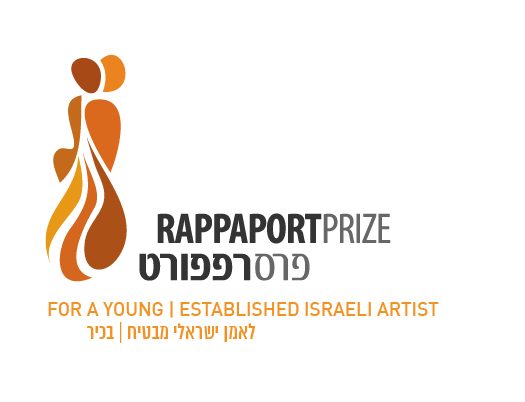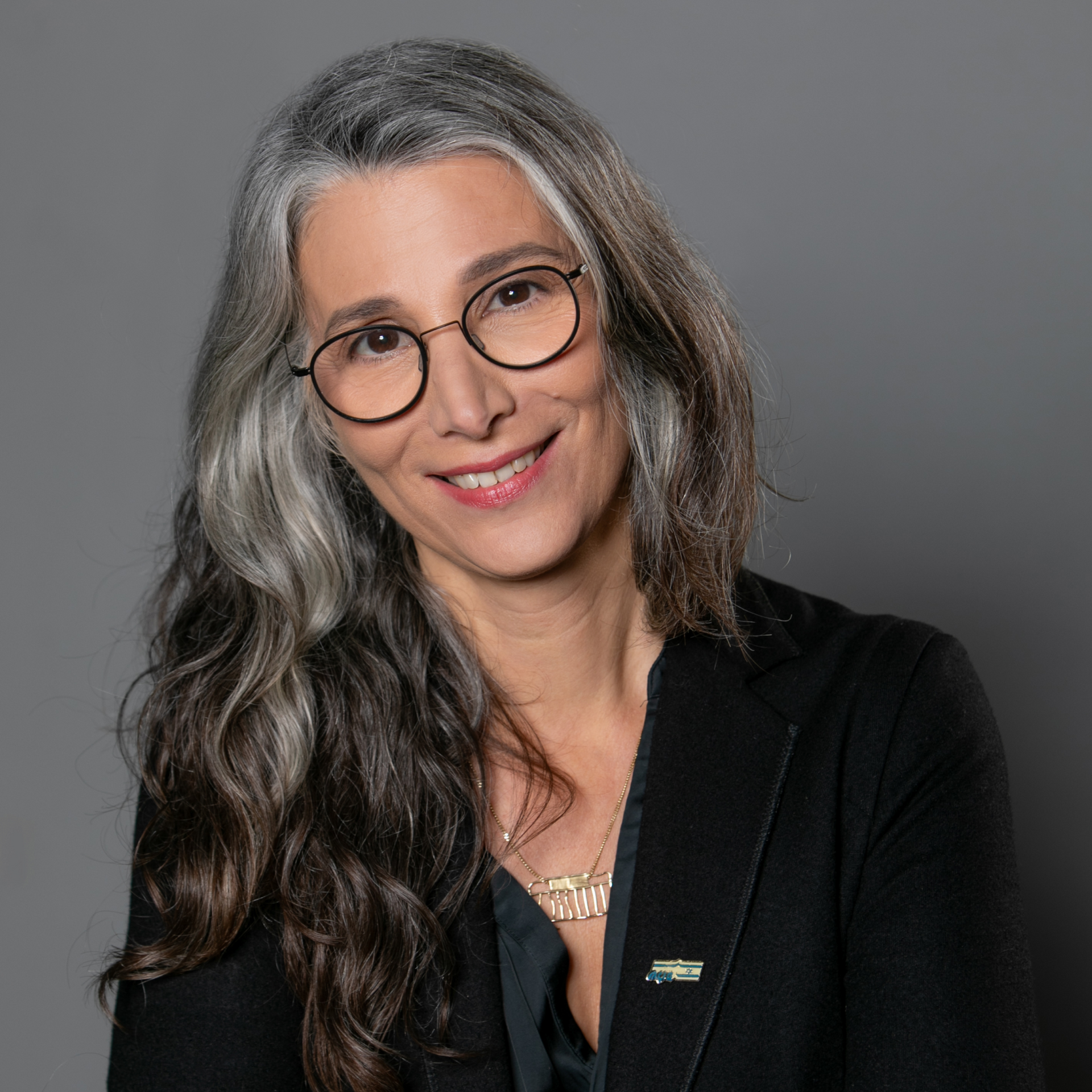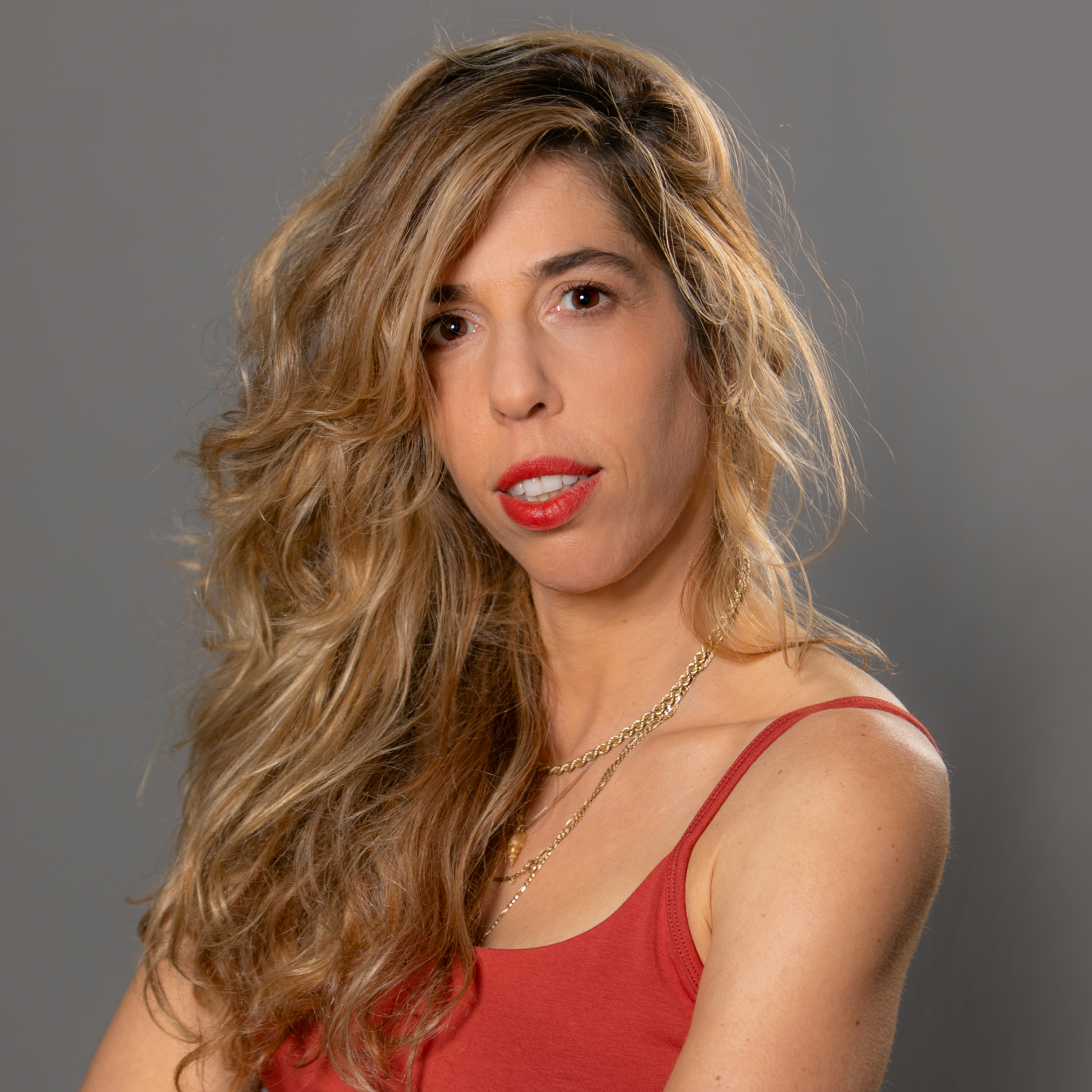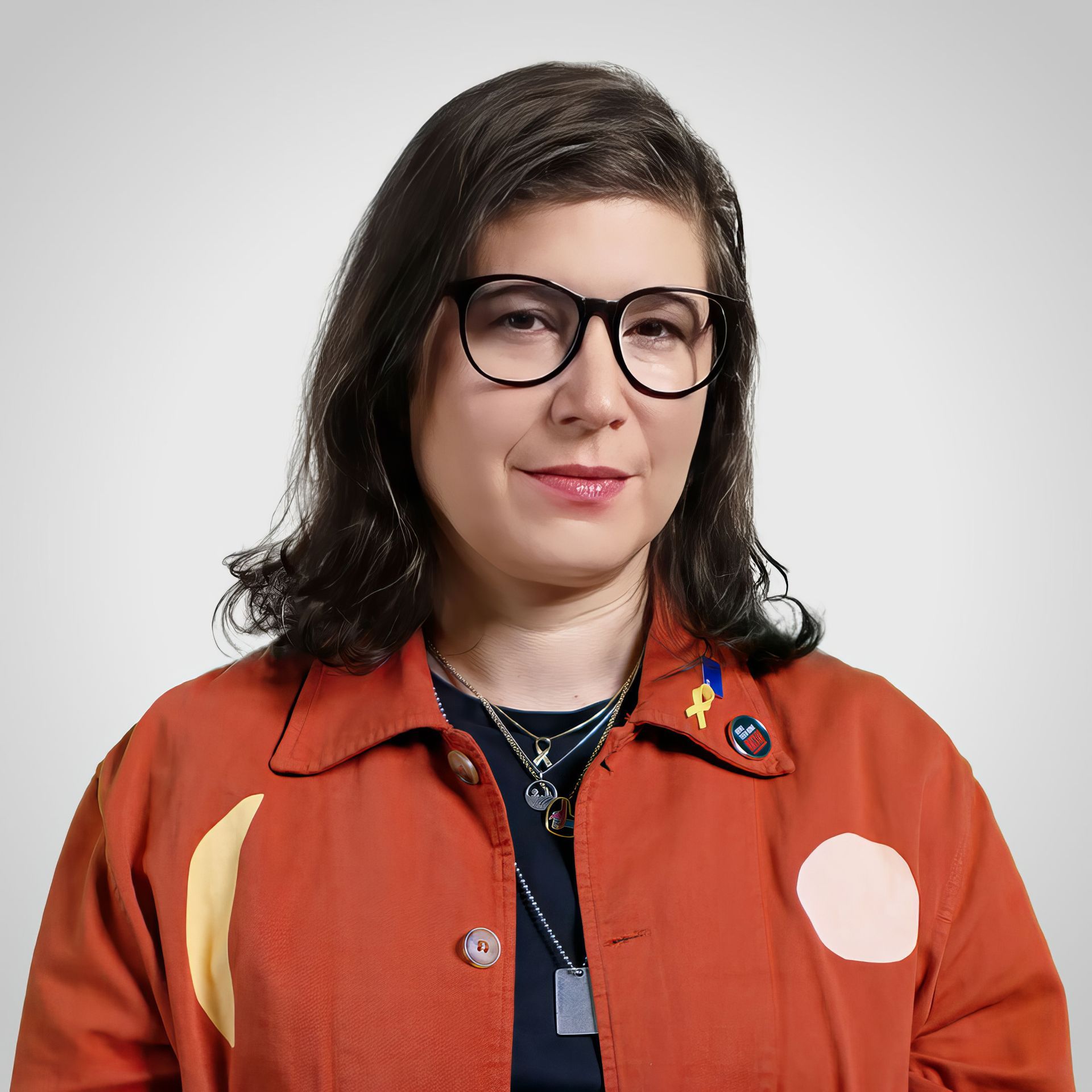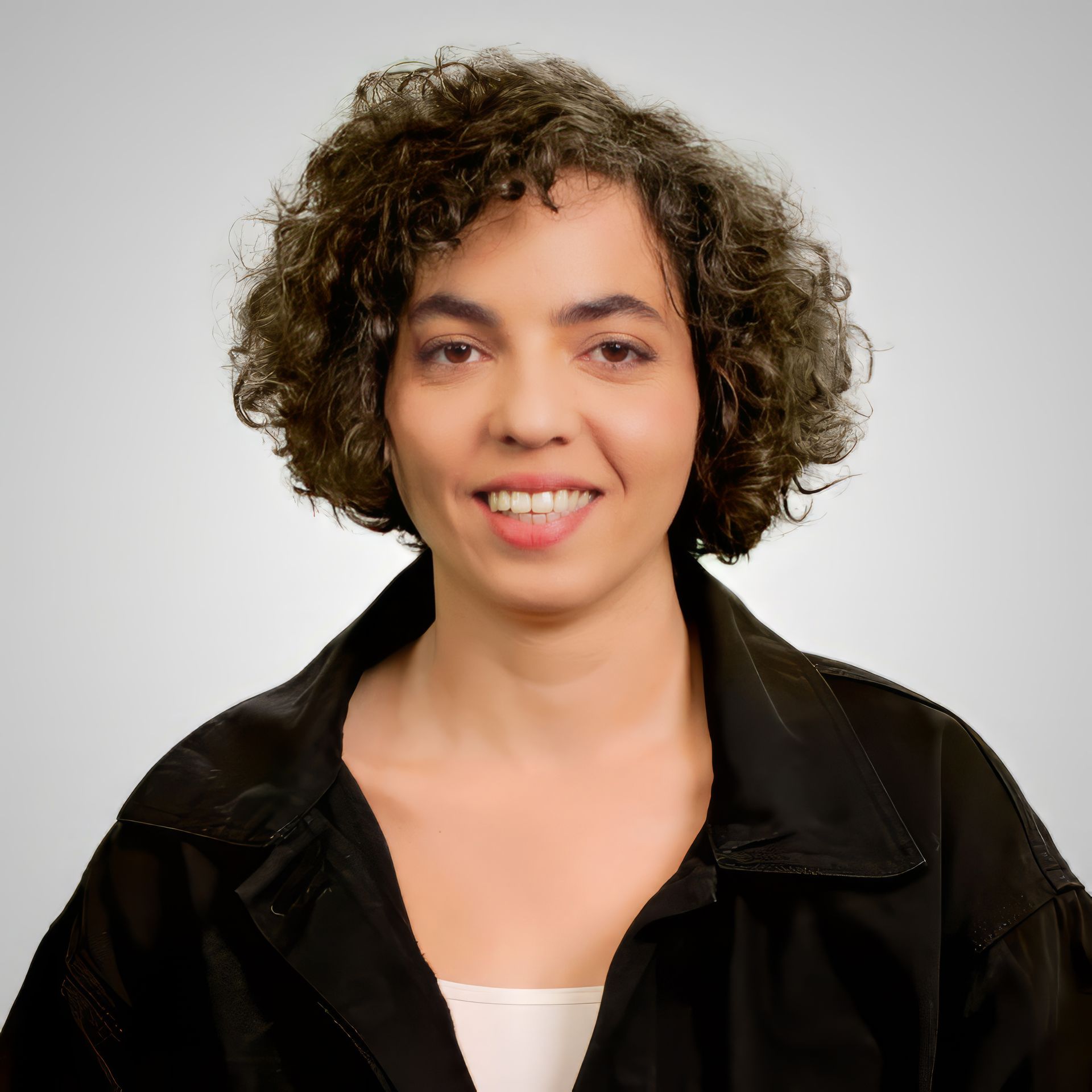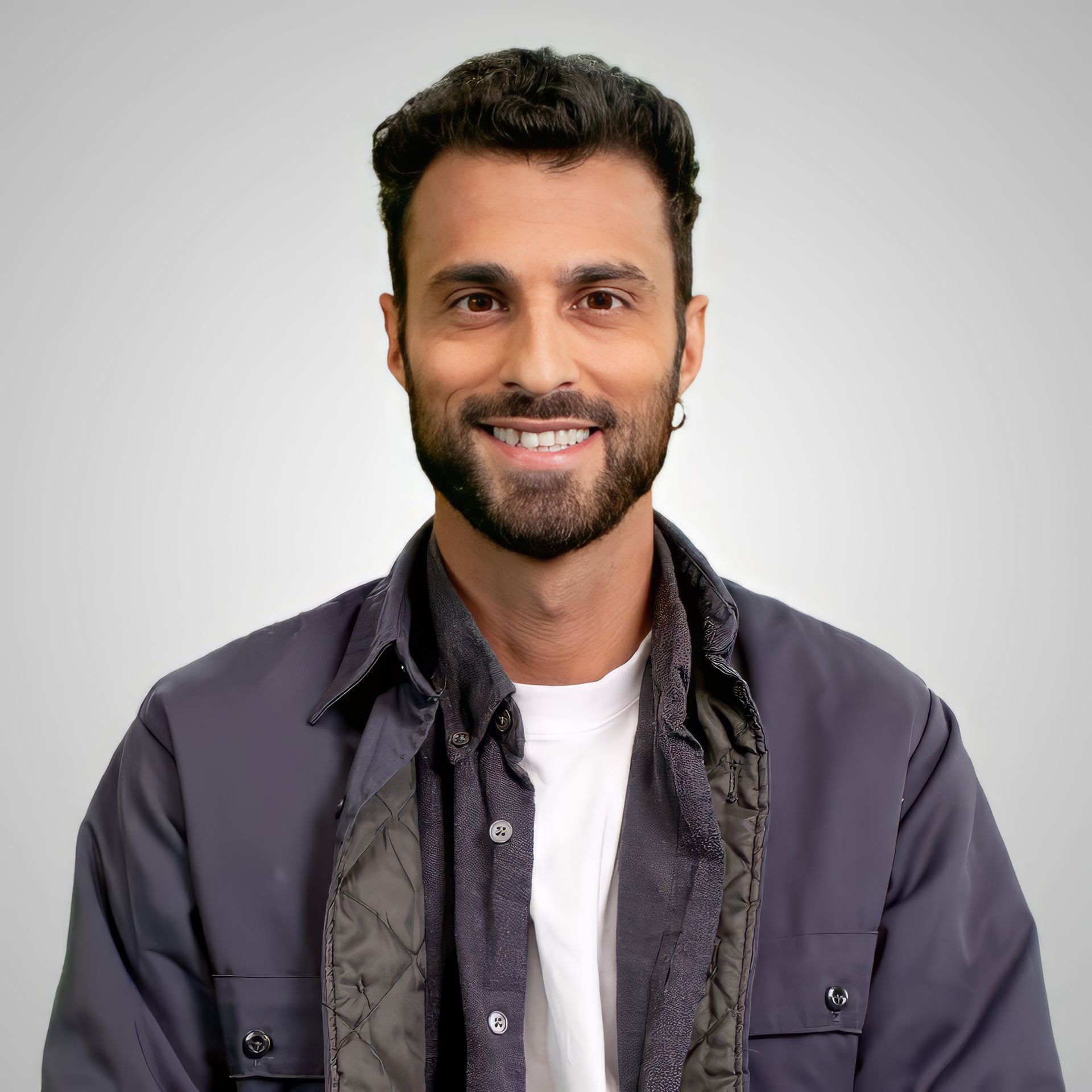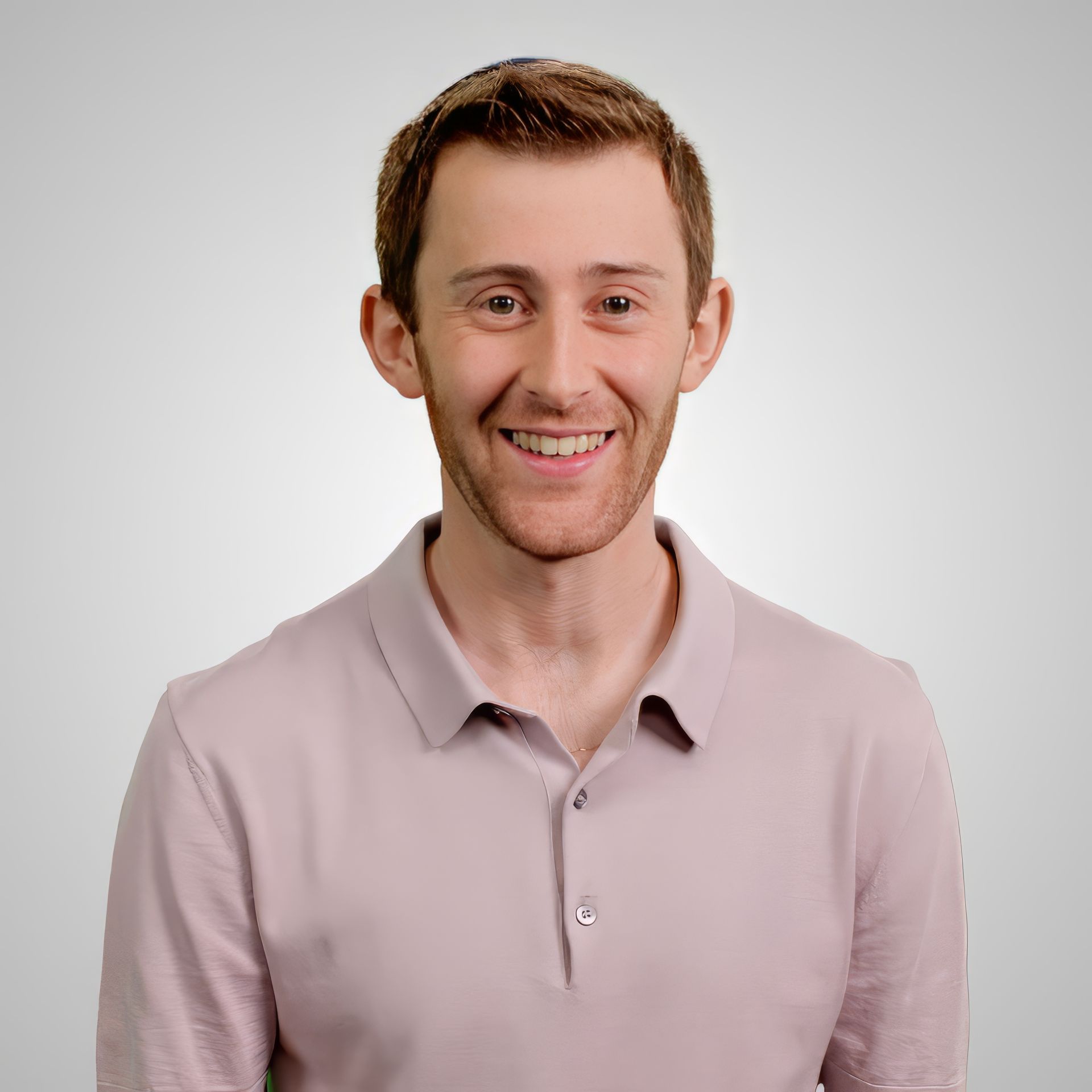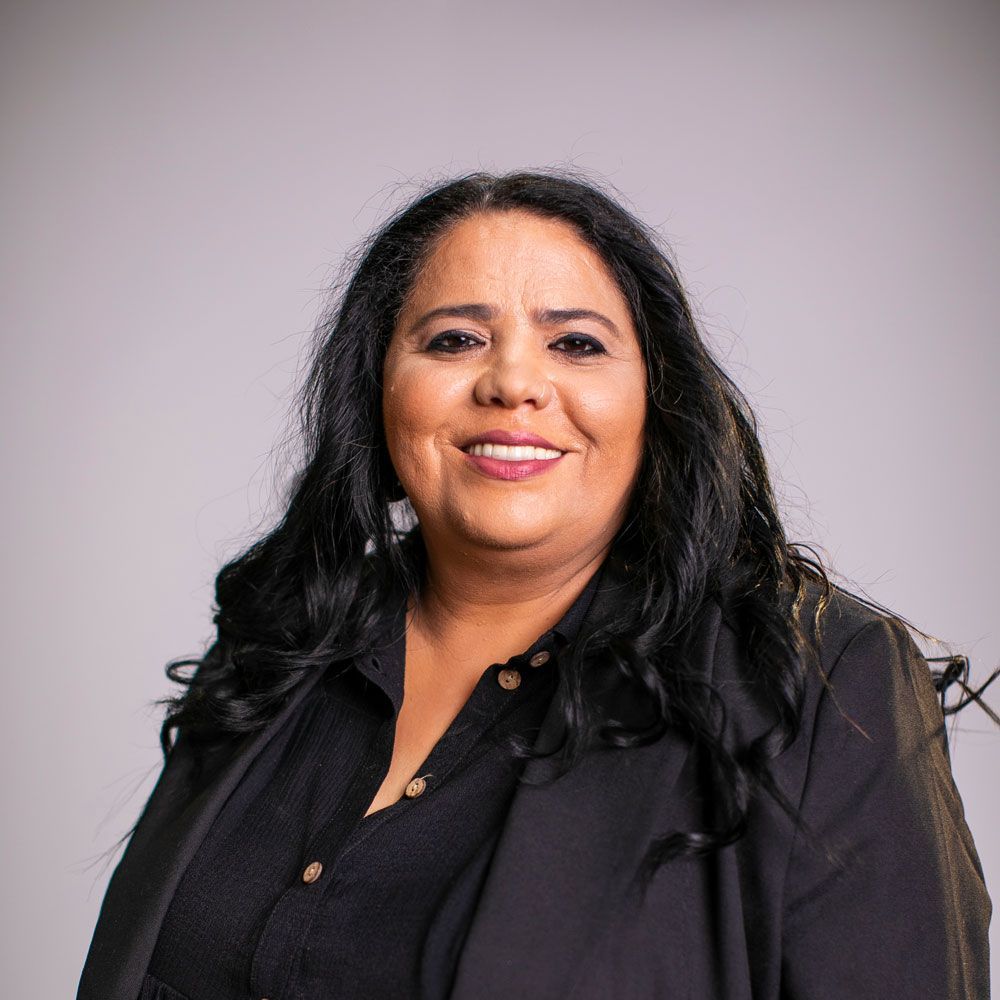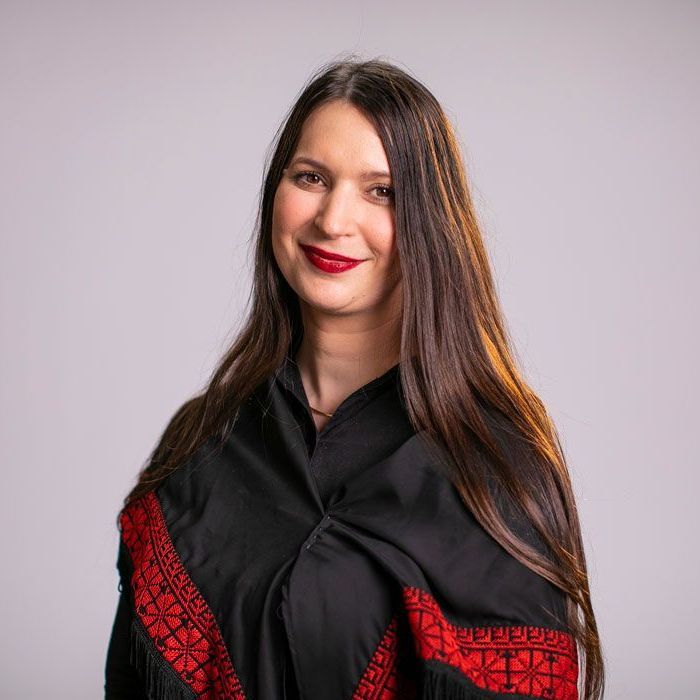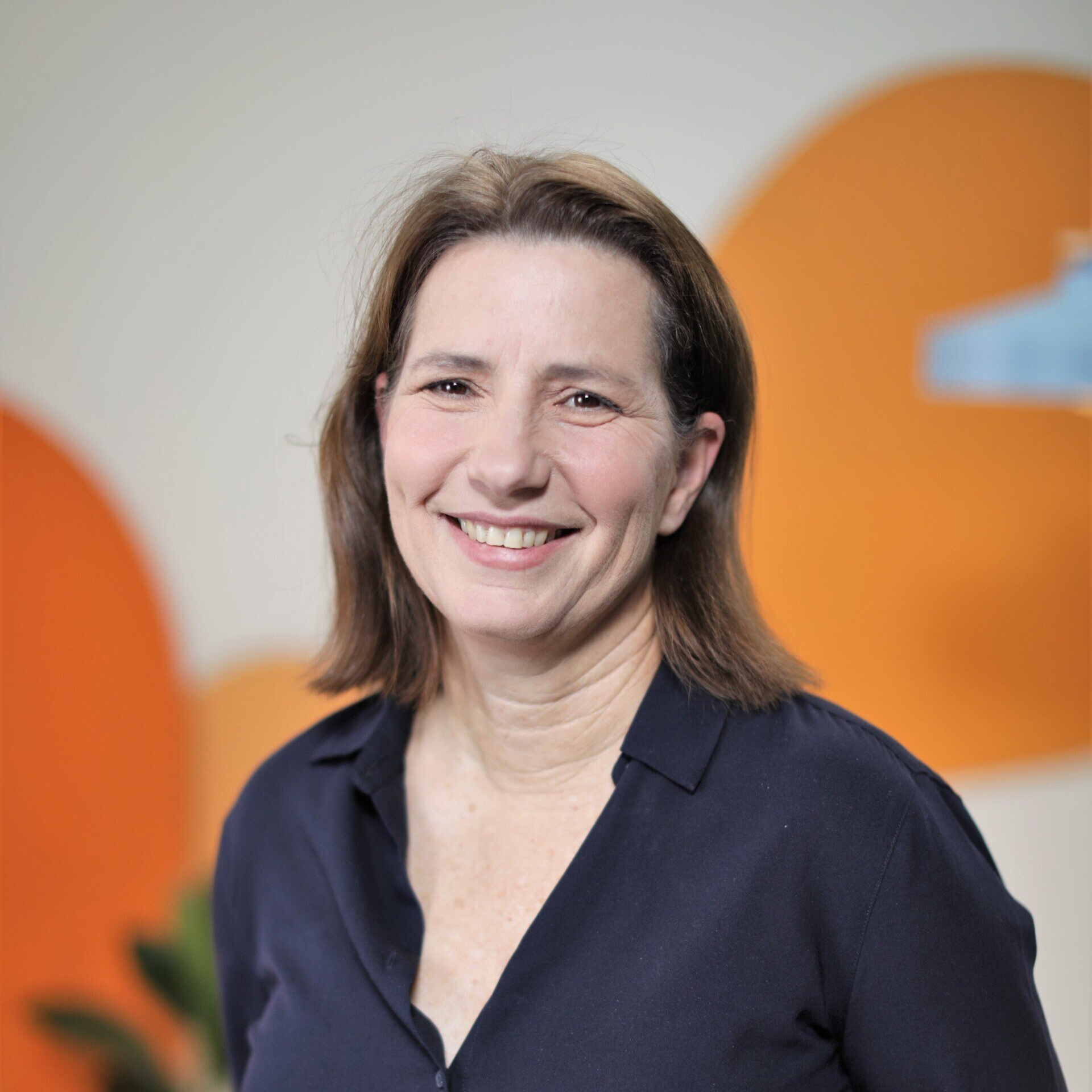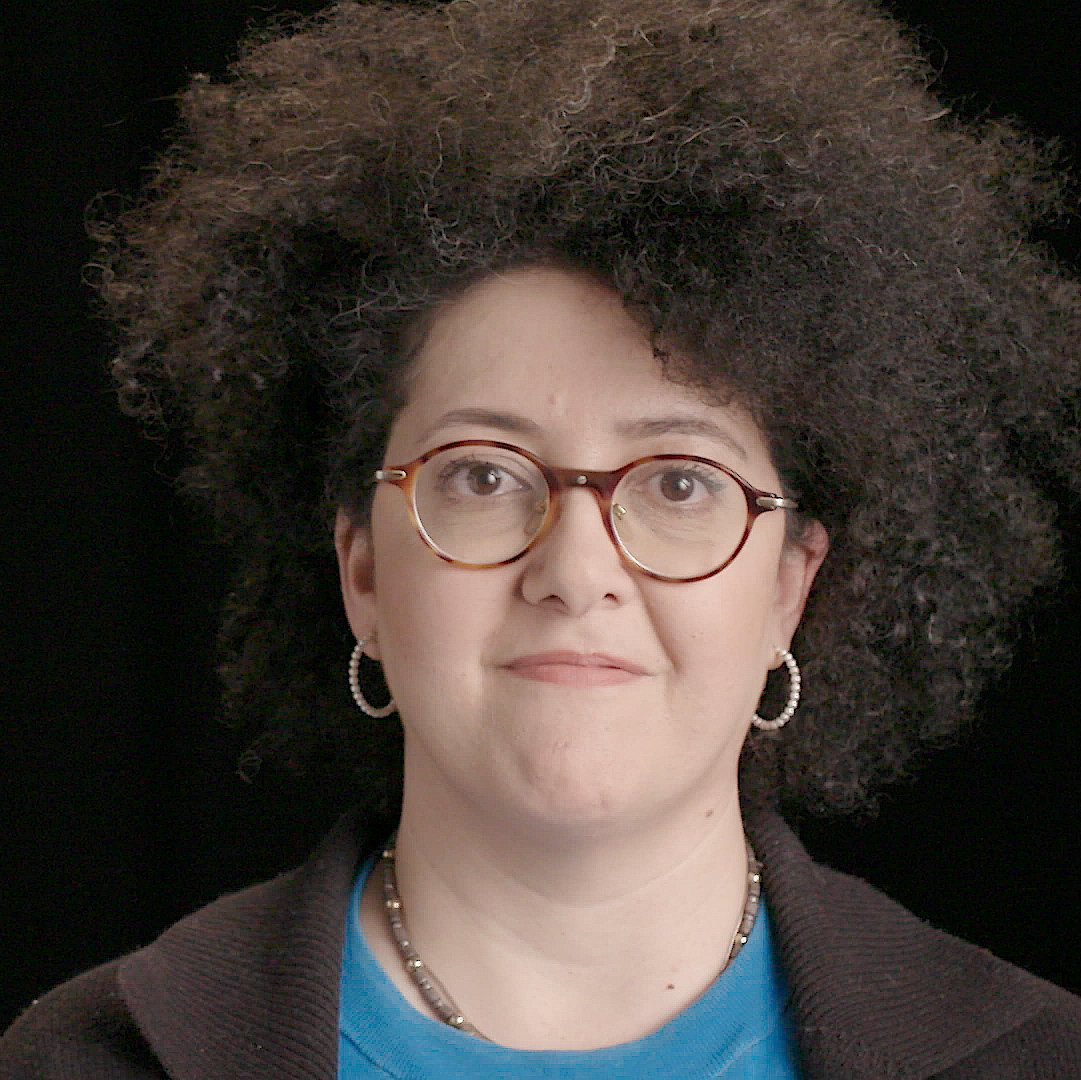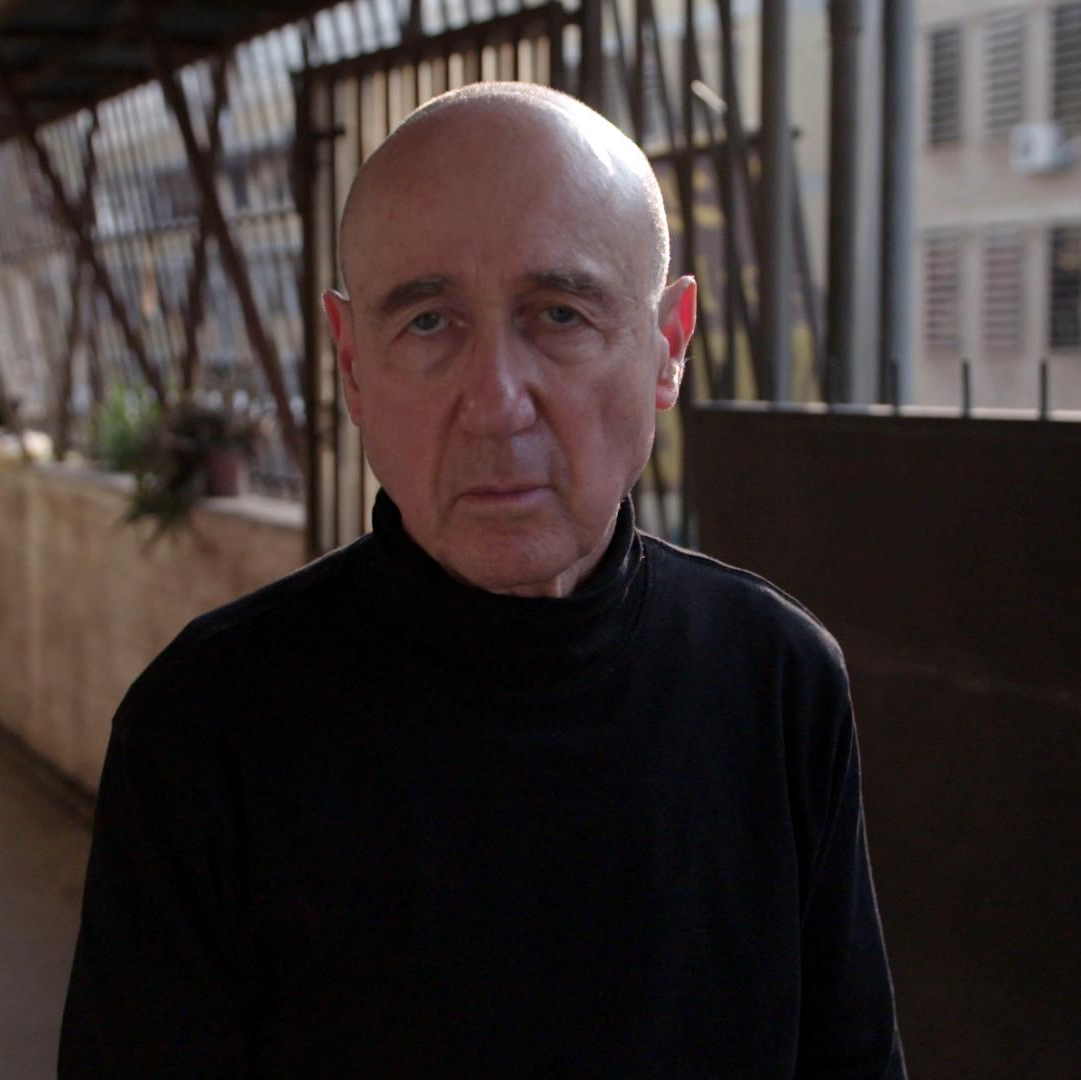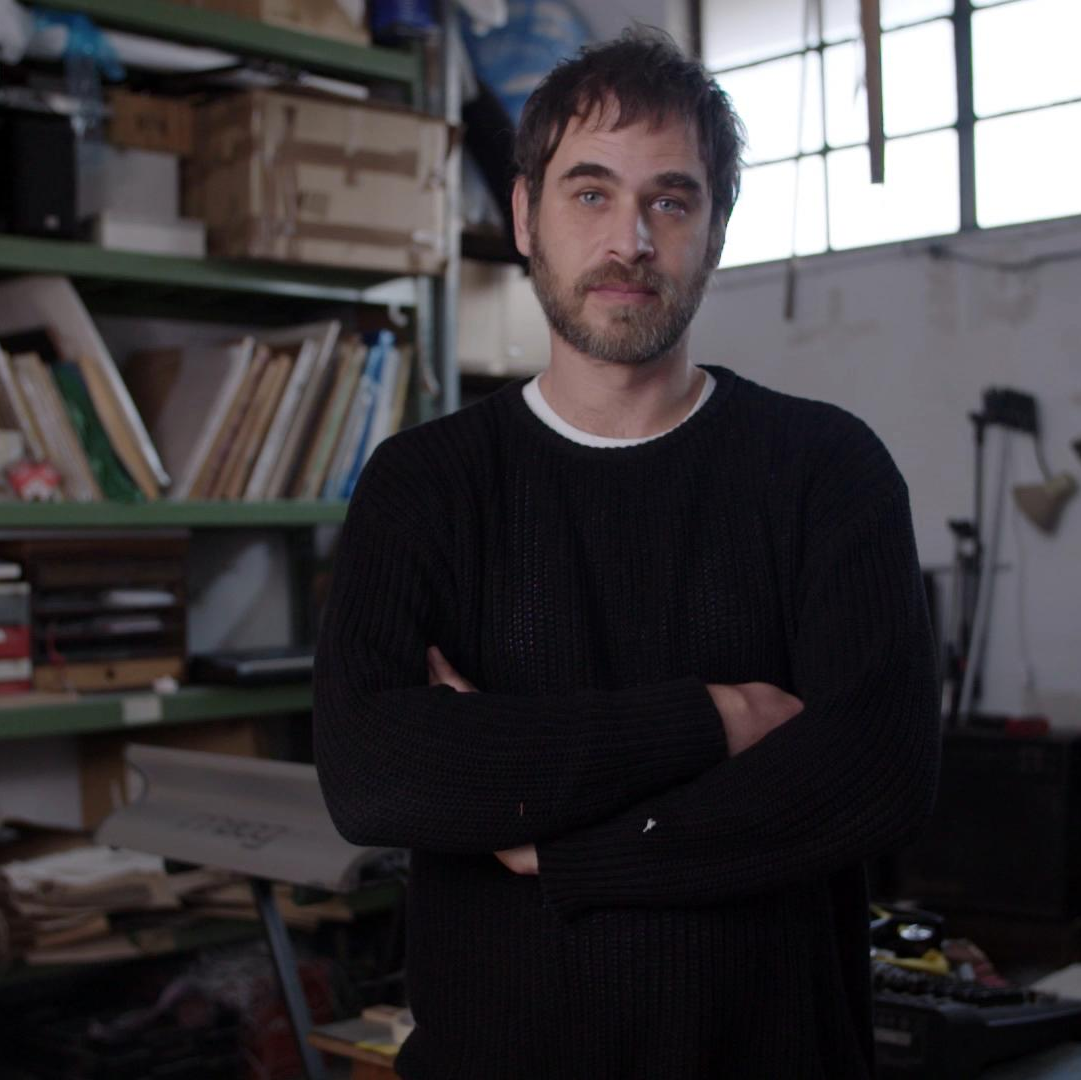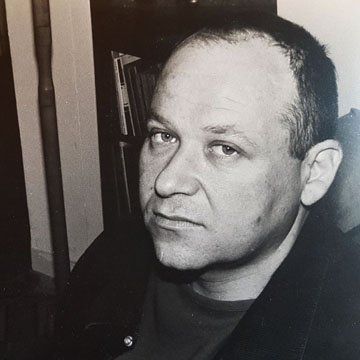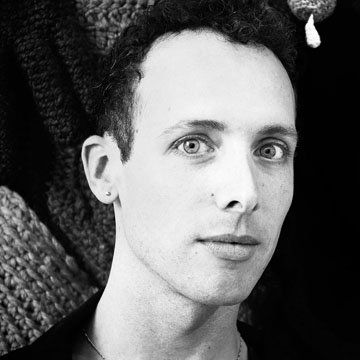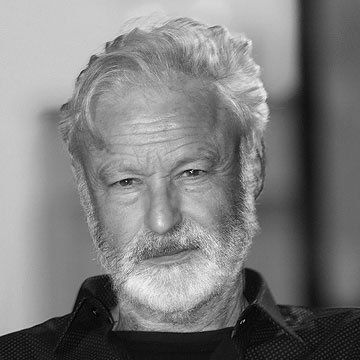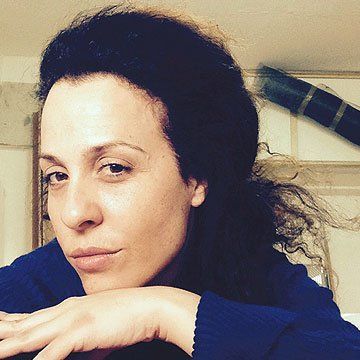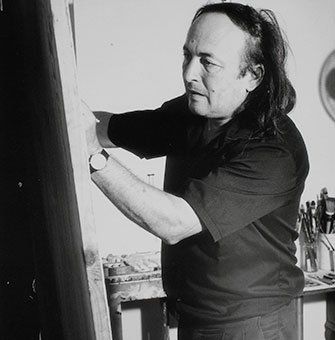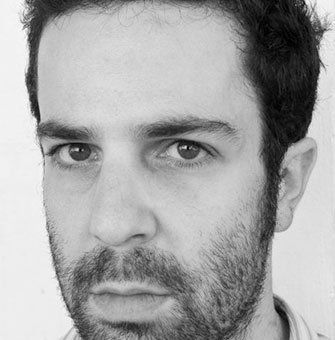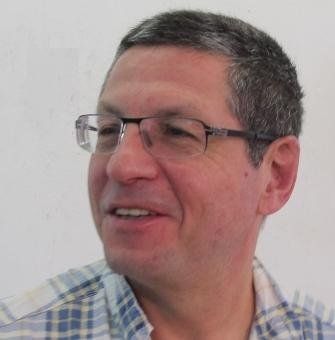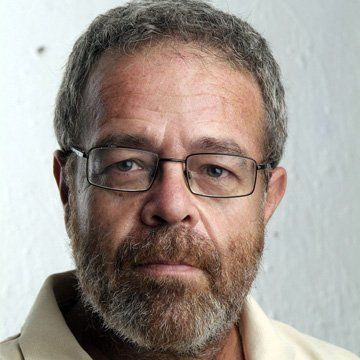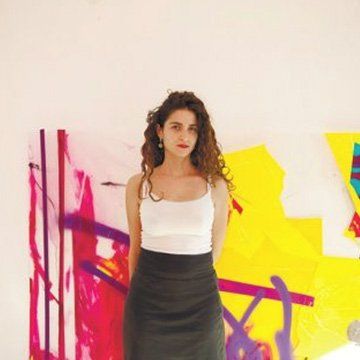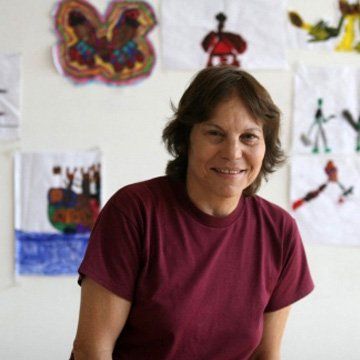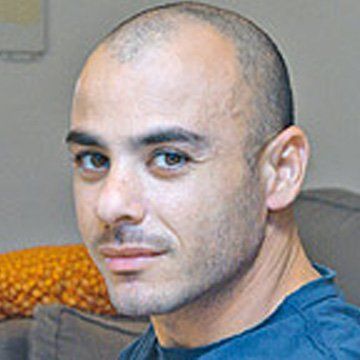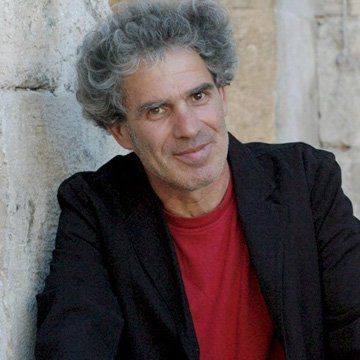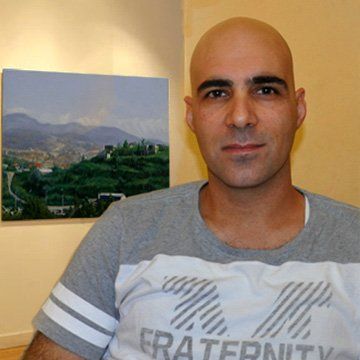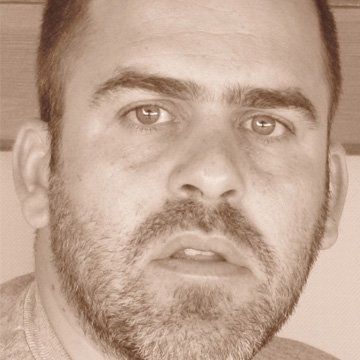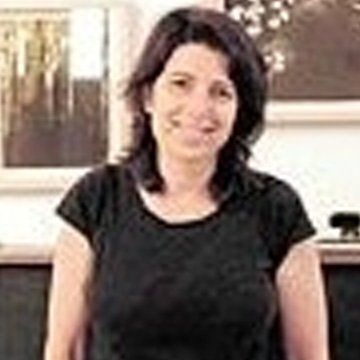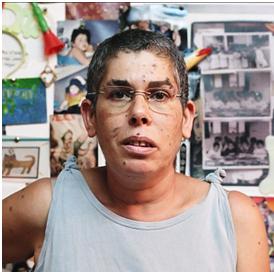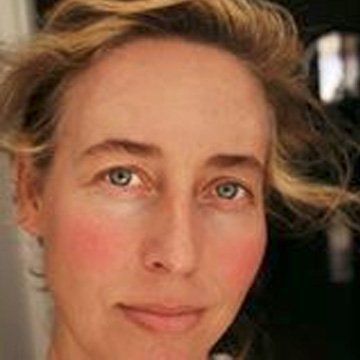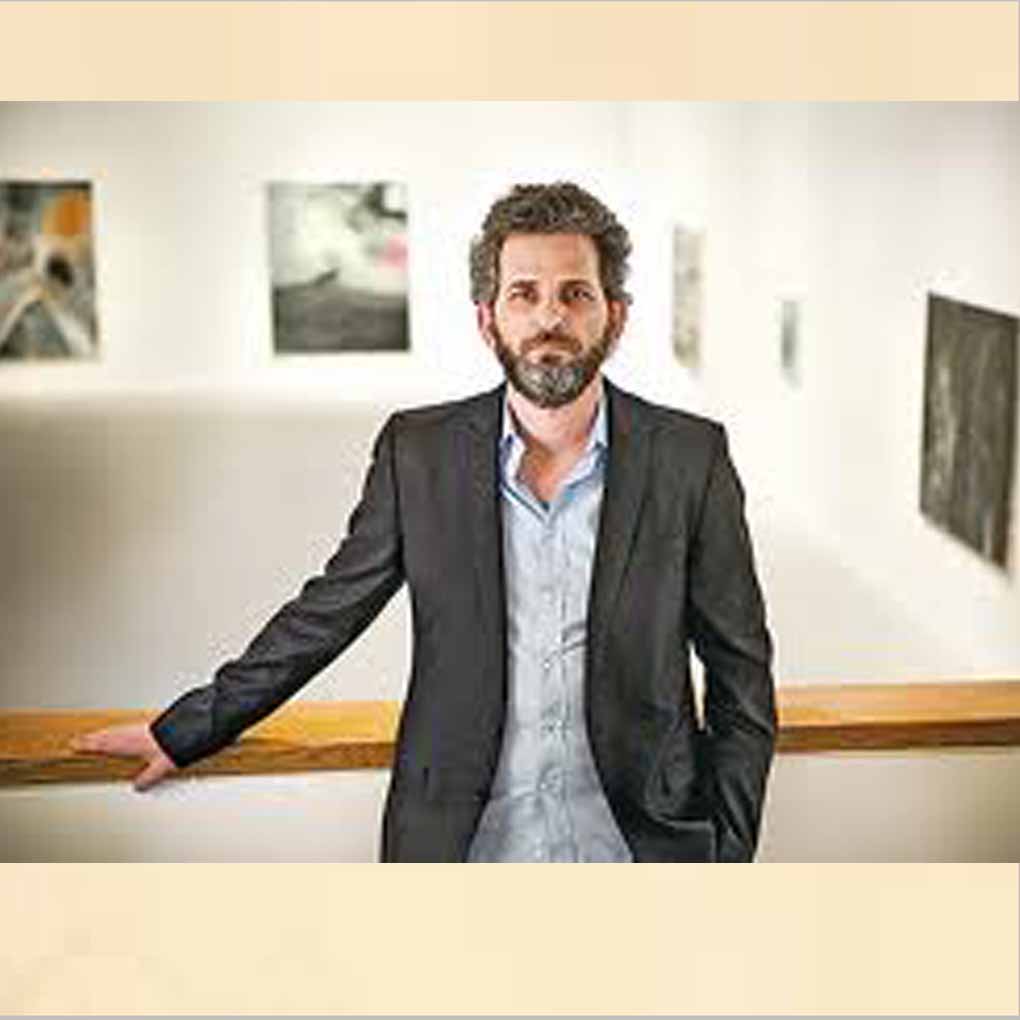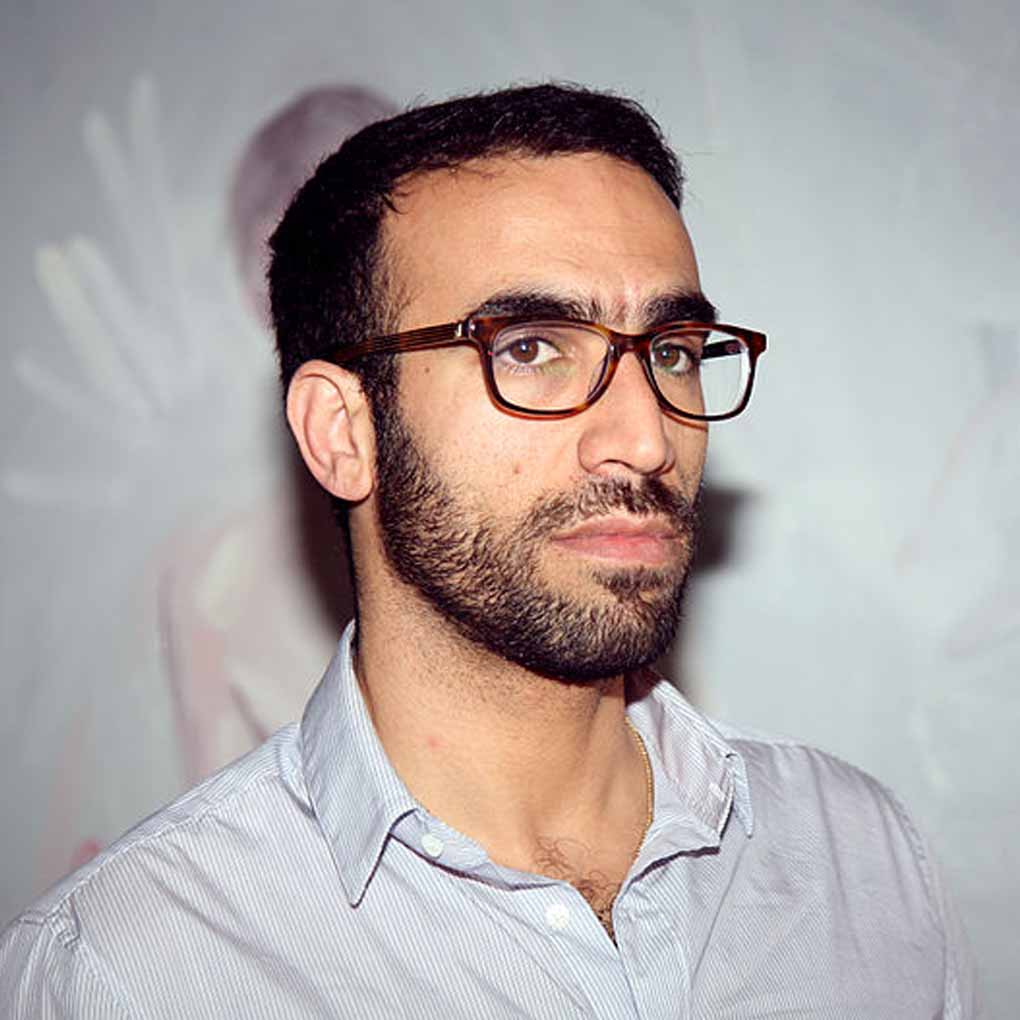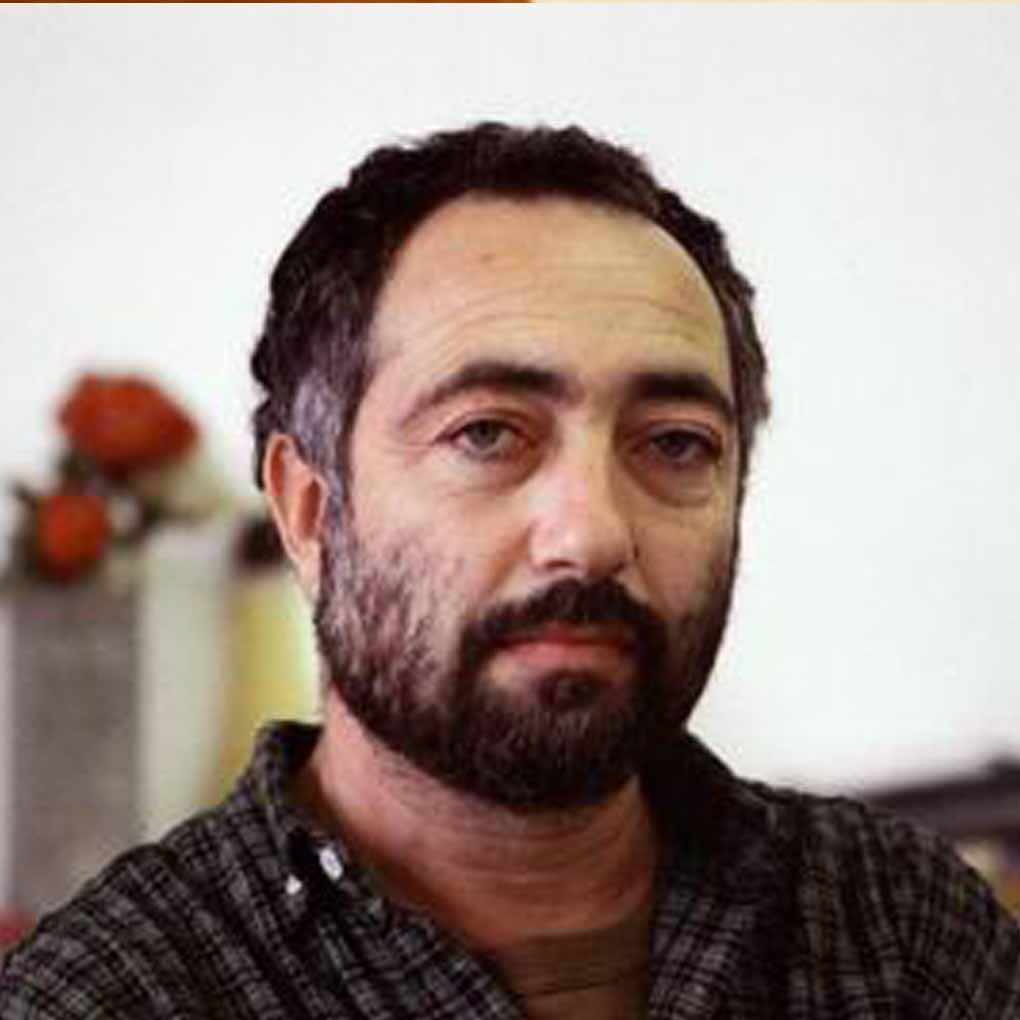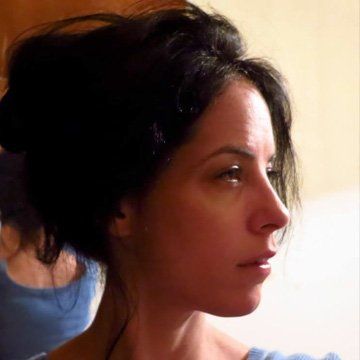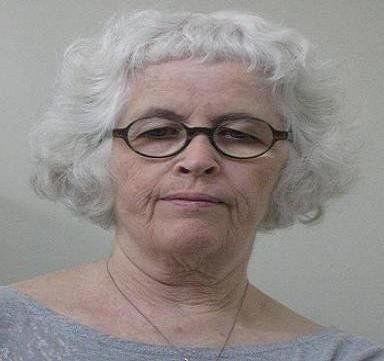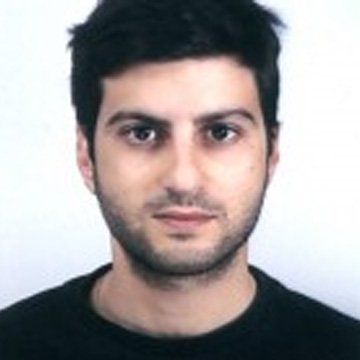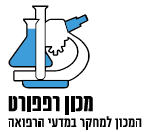In 2006, The Bruce and Ruth Rappaport Foundation established a prize awarding a grant to an established and to a promising Israeli artist, in the fields of plastic arts and video art. The Prize encourages artists to inject contemporary art with innovative ideas. Every year, the Tel Aviv Museum of Art holds a solo exhibition of the previous year’s laureates. On March 2017, the 10th anniversary award group exhibition was displayed at the Museum.
The Laureates
Nira Pereg
2025
Established Artist
Lali Fruheling
2025
Promising Artist
Sharone Lifschitz
2024
Art in times of war
Naama Shohet
2024
Art in times of war
Omri Danino
2024
Art in times of war
Ariel Hacohen
2024
Art in times of war
Hannan Abu-Hussein
2023
Prize for an Established Artist
Maria Saleh Mahameed
2023
Prize for a Promising Artist
Eti Jacobi Lelior
2022
Prize for an Established Artist
Avi Sabah
2022
Prize for a Promising Artist
Drora Dominey
2020
Prize for an Established Artist
Hilla Toony Navok
2020
Prize for a Young and Promising Artist
David Ginton
2019
Prize for an Established Israeli Artist
Eran Naveh
2019
Prize for a Young Israeli Artist
Yair Garbuz
2015
Prize for an Established Israeli Artist
Shai Yehezkelli
2015
Prize for Young Israeli Artist
Ido Bar-El
2014
Rappaport Prize for Established Israeli
Alma Itzhaky
2014
Rappaport Prize for Young Israeli Artist
David Reeb
2013
Prize for Established Israeli Artist
Iva Kafri
2013
Prize for Young Israeli Artist
Deganit Berest
2012
Prize for Established Israeli Artist
Elad Kopler
2012
Prize for Young Israeli Artist
Asaf Ben Zvi
2011
Prize for Established Israeli Artist
Michael Halak
2011
Prize for Young Israeli Artist
Oren Eliav
2010
Prize for Young Israeli Artist
Sharon Poliakine
2010
Prize for Established Israeli Artist
News & Updates
- Iva Kafri, Rappaport Prize laureate for young Israeli Artist 2013, "Continuity" exhibition at RawArt Gallery.
Kafri presents paintings she had created over the last three years – paintings on which she worked parallel to the aforementioned painting installations. "Continuity" focuses on Kafri's continuous studio work, displaying paintings that encapsulate her insights regarding space and movement, manifested in a more immediate way in her three-dimensional painting installations.
Most of the paintings in the exhibition are diptychs – artworks consisting of two panels that are placed side by side, but never merge. This historical painting format holds various tensions and conflicting forces, which Kafri uses and plays with in her paintings: repetition and difference, division and connection, disruption and continuity, signification and narrative, opening and closing, plurality and selection, as well as verticality and horizontality. The diptych, of which the split screen is a contemporary manifestation, is an emblem of dispersed attention. But, at the same time, by allowing parallel and simultaneous occurrences, it intensifies a certain instant in time and space, constantly demanding us, the spectators, to focus and make choices.
The diptych in Kafri's work functions as an element of disruption and airiness, and it allows for the insertion of snippets of reality into the painting's surface. In front of each of the paintings, we are faced with a complex whole that draws us to alternately focus on its different parts. Similary to this viewing process, Kafri's continuous painting process is composed of critical moments of observation, selection and action. One after the other, the painterly gestures, the collagistic cutting and pasting, and the insertion of printed images accumulate. They form relations, and assemble constellations resulting from observation, decision and action.
In her paintings, Kafri's employs gestures of organization and association, side by side with more organic gestures of corporal movement. Her works offer us different paths to walk in and various spaces to delve in. The issues that emerge from her paintings are characteristic of contemporary painting – questions of speed and scale, directly confronting the accelerated changes taking place in contemporary visual culture. In this sense, the paintings could also be read in the context of the information age or internet era, and of the ideological transformations occurring all around us in relation to visual knowledge, its organization and distribution.
3 Shvil Ha'Meretz st., Building 8, 4th floor. Tel Aviv
Closing: Feb 11, 2016
- Nobody’s Clothing / An Outline for a Business
Nurit David's new works on view at the show, executed in the past two years, are marked by a passage from two dimensional painting to the three-dimensional. Alongside paintings, it features plastic cardboard stands built
by the artist and mounted with digital prints from a series she calls ‘two dimensional clothing.’
The process behind the exhibition is related by the artist as follows:
“A short story I've written for the exhibition, called The Happy Business, contains the outline of The Damask
Drum, a Noh play at the center of which stands an inept drum, unable to produce any sound. The story itself, however, is a fantasy of potency, a dream of a successful family business. In my case it is a double fantasy: that of a family as well as one of that of a business. Contrary to an artist’s studio, where one works in solitude for months and years on end and only rarely engages in an occasional dialogue, to the extent that one begins to doubt one’s own existence, a business appears like a lively hub of give-and-take rooted in reality.
The idea of the business owes much to the discovery of the wondrous capabilities of inkjet printers, as well as to the joys of working with a vector graphic software. All of a sudden it became possible to set up a small factory in the studio. My printer is limited to prints of 33 cm in width, but lengthwise they are almost unlimited. This is how I came to present, alongside oil paintings on canvas, elongated digital prints on canvas, which I call ‘two dimensional clothing’; these are hung in part alongside the paintings and in part mounted on stands that I've been manufacturing in the studio, in a ‘plastic cardboard carpentry’ that I’ve set up there. This cautious and fragile venture into the three-dimensional might be seen as expressing a certain dissatisfaction regarding painting’s confinement and seclusion, of its being mere image.
Additional prints are attached to the front of ready-made workwear, functioning as facades; these constitute what is perhaps the boldest attempt towards the real in the show. It is unclear however whether they employ painting in the service of clothing or rather avail themselves of the body as an easel of sorts.”
The show also features an artist book by David, Ideas and Patterns. Each book in this edition of 12 was crafted entirely by hand, and relates to the show’s overall thematic. Copies are signed and numbered.
Givon Gallery, 27 January - 18 March 2017
- The third solo exhibition of works by Yair Garbuz at the Tel Aviv Museum of Art marks his reception of the Rappaport Prize for an Established Israeli Artist, and presents paintings from the past five years
Garbuz was only 28 when his first, critically acclaimed, museum exhibition opened at the Helena Rubinstein Pavilion (in 1973). Over thirty years ago, in 1986, another solo exhibition, “Yair Garbuz Presents: a Jew, a Frenchman and an Arab”—was shown at the same pavilion.
“I Am Painters”— the title Garbuz chose for the exhibition, appears as a caption in one of the paintings. The linguistic error in the shift from singular to plural is only one among many linguistic and painterly “errors” that feed the humor, nonsense and carnivalesque in Garbuz’s painting theater. The new paintings reveal, now perhaps more than ever, Garbuz’s virtuosity and performativity, with both the Hebrew language and various painterly styles. The conversion of the single painter into many painters refers, primarily, to the horde of Israeli and Western modernist painters whom Garbuz imitates-copies in his paintings, which also involve representations of folk art. Yet “I Am Painters” is in fact the multiplicity that has characterized his art from the very beginning: a lot of paintings and a lot of images in each and every one of them. The issue is abundance, profusion, incessantness. The current exhibition brings the acts of imitation, gesturing, copying, and pastiche or impersonation to a peak.
Much folly, teasing of madness and mania (automania) is present in the paintings that make up “I Am Painters”. The occurrences in many of the paintings evoke the surrealist drawing game Exquisite Corpse in which a piece of paper is passed around with each participant continuing to draw where the former stopped before folding the page over the drawn section.
Among the painters Garbuz copies or refers to in the exhibition, Picasso has an especially prominent status. His name appears in a number of paintings, while others have images that are deliberate imitations of his painting and style. Paraphrasing a saying attributed to Picasso, “I don’t search, I find,” Garbuz came up with a word game made possible in Hebrew – “I don’t search, I disguise,” thus positing an alternative content in keeping with his own practice and at the same time remains loyal to the source: indeed, the disguised needs to be searched for.
- Shai Yehezkelli's exhibition "In Praise of Avalanche" features contemporary—Israeli and Mediterranean painting which swings between the abstract and the figurative, the comic and the tragic, the political and the theological.
Yehezkelli, Rappaport Prize for a Young Israeli Artist 2015 laureate, unfolds a rich set of symbols based on religious elements and signifiers of modern painting. Visual medieval Christian images and "shofar" representations hovering over al-Aksa mosque blend in the paintings, forming a backdrop for the portrait of the artist, grotesquely portrayed as weak and neurotic. By juxtaposing excerpts of Jewish prayers and Jewish motifs with Christian altars and Islamic architecture, Yehezkelli adds yet another phase in the metamorphosis of local painting, attesting to himself as an eternal wanderer.
One of the most conspicuous metamorphoses in Yehezkelli's works is that of the self-portrait. At times it appears in the figure of the Wandering Jew, with a beard and a pointed hat, tying itself to diasporic Jewish identity. Yehezkelli links the figure of the Old Jew with that of the bearded artist, the "New Jew" who is absorbed in painting or in observation; pensive and helpless or alternatively—malicious and impulsive. In other self-portraits the artist appears bald-headed with a long nose, suggestive of a smiley face.
Another key image in Yehezkelli's paintings is the pot, construed in the context of local archaeology in the shadow of the Israeli-Palestinian Conflict, as well as in the context of painting itself, as a receptacle assimilating diverse artistic and cultural influences. The trickle of water emerging from it is comprehended as drops of paint or an ejaculation, and is associated with painting's erotic-rationalistic union, echoing Duchamp's Fountain (1917), which is both a spring and a fountain, both nature and culture.
In the past two years Yehezkelli has been painting swift etudes on flawed earthenware, indicating failure as a new point of departure for contemporary painting. One of the ceramic pieces bears a pair of palm trees with the inscription "local symbolism pros and cons" between them, a humorous allusion to the question of affiliation formulated by Yehezkelli's perplexed painting.
Mizne-Blumental Gallery, Marc Rich and Gabrielle Rich Wing, Tel Aviv Museum of Art Main Building
Curator: Anat Danon Sivan
29.11.2016–25.3.2017


